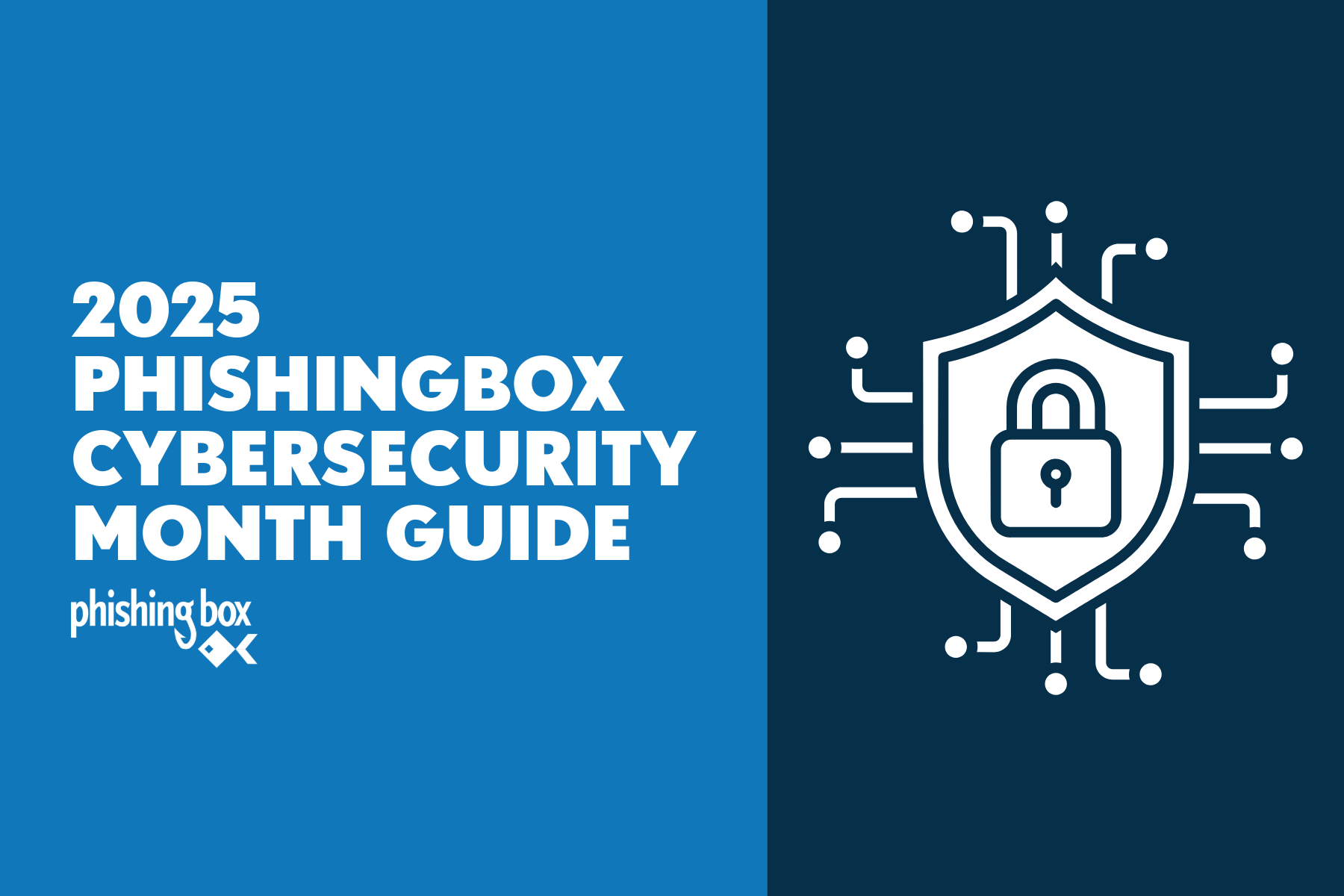Strengths
Informed Workforce: A well-designed security awareness program ensures employees are educated about cybersecurity risks, best practices, and threat mitigation strategies. This knowledge empowers them to make informed decisions and reduces the likelihood of human error.
Risk Mitigation: By fostering a security-aware culture, organizations can significantly reduce the risk of successful phishing attacks. Employees who can recognize phishing attempts are less likely to fall victim to them.
Compliance: Security awareness training helps organizations meet compliance and regulatory requirements related to data protection and privacy.
Weaknesses
Resource Intensive: Developing and maintaining an effective security awareness program can require time, effort, and financial resources. Organizations must allocate budgets and personnel for training initiatives or find the right vendor to partner with who can manage the program.
Resistance to Change: Some employees may resist adopting new security practices or perceive training as an inconvenience. Overcoming this resistance can be challenging for some organizations.
Retention: Ensuring employees retain and apply the knowledge gained from training sessions can be difficult.
Opportunities
Continuous Learning: Security awareness programs provide opportunities for ongoing learning. Regular updates on emerging threats and best practices keep employees informed.
Customization: Tailoring training content to specific roles and departments allows organizations to address unique security challenges faced by different teams.
Integration: Integrating security practices seamlessly into daily workflows ensures cybersecurity becomes a natural part of employee routines.
Threats
Phishing Attacks: Without proper training, employees are vulnerable to phishing emails, which can lead to data breaches, financial losses, and reputational damage.
Complacency: Employees may become complacent over time, assuming security is solely IT’s responsibility and not take training seriously. Regular reinforcement and engaging platforms are necessary to prevent this.
Changing Threat Landscape: Cyber threats evolve rapidly. Organizations must adapt their training programs to address new risks effectively.
The Bottom Line
In summary, a holistic security awareness training program is crucial because it cultivates a security-aware culture, reduces human error, and strengthens an organization’s overall security posture. By approaching human risk management with a SWOT mindset, organizations can enhance their risk management strategies and better defend against phishing attacks. 🛡️💡


